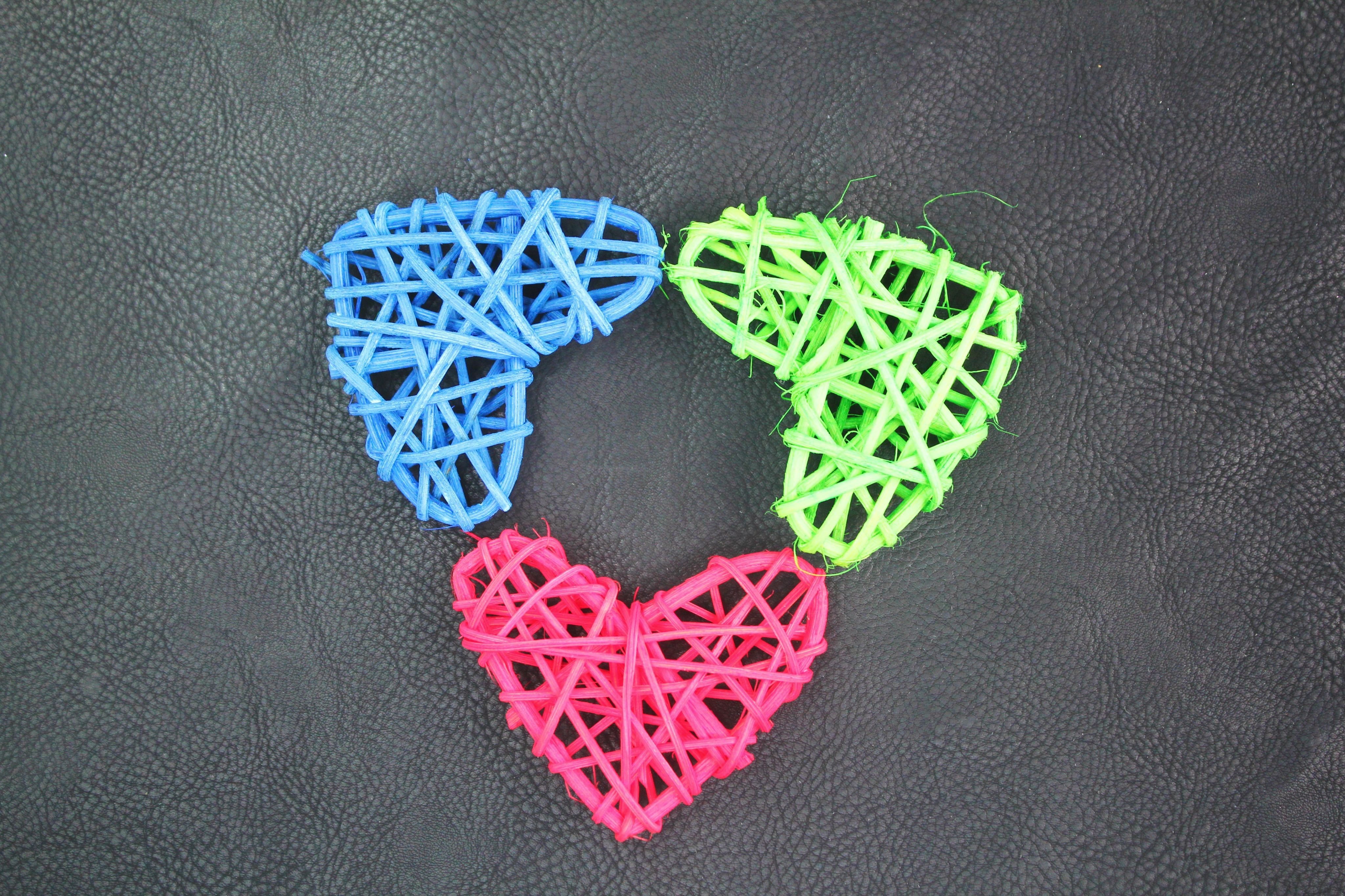Choosing Between Meaningful Art and Conceptual Simplicity
Understanding the Dilemma
In the world of art, creators often face a challenging decision: should they strive for meaningful art that conveys deep emotions and messages, or embrace conceptual simplicity that focuses on straightforward aesthetics and ideas? This choice can significantly impact the artist's work and how it's perceived by audiences. Both approaches have their own merits, and understanding them can help in making an informed decision.
Meaningful art is often characterized by its depth. It aims to evoke emotions, provoke thought, and often carries a message or commentary on society, culture, or the human condition. Artists who lean towards meaningful art invest not only their technical skills but also their intellectual and emotional insights into their creations.

The Appeal of Conceptual Simplicity
On the other hand, conceptual simplicity focuses on clarity and directness. It strips away the complexities and delivers art that is easily digestible and often visually appealing. This approach often relies on minimalistic elements and emphasizes form and color over intricate details or narratives.
Conceptual simplicity can be incredibly powerful in its restraint. By reducing distractions, it allows viewers to focus on the core elements of the artwork. This can be particularly effective in conveying universal themes or emotions that resonate broadly with audiences.

Finding a Balance
While meaningful art and conceptual simplicity might seem at odds, many artists find ways to blend both approaches. Striking a balance can result in works that are both engaging and accessible. The key lies in understanding the audience and the message the artist wishes to convey.
Some artists find success by using simplicity as a foundation while embedding layers of meaning beneath the surface. This method invites viewers to engage more deeply with the work, encouraging them to uncover its hidden depths at their own pace.

Considerations for Artists
When choosing between meaningful art and conceptual simplicity, artists should consider several factors:
- Audience: Who is the intended audience? Different audiences may have varying preferences for complexity or simplicity.
- Medium: Certain mediums lend themselves better to one approach over the other. For example, digital art might favor simplicity, while traditional painting could embrace depth.
- Personal Style: Ultimately, an artist’s personal style should guide their choice. Authenticity resonates more than any forced attempt at either approach.
The Role of Cultural Context
Cultural context can also play a significant role in this decision-making process. In some cultures, complexity and depth are highly valued, while others may prioritize clarity and directness. Understanding these nuances can help artists navigate their creative choices effectively.
In conclusion, the choice between meaningful art and conceptual simplicity is not necessarily a dichotomy but rather a spectrum. Artists may find themselves gravitating towards one side or the other at different points in their careers, influenced by their evolving experiences and perspectives.

Embracing Versatility
The beauty of art lies in its versatility. Artists are free to explore, experiment, and express themselves without being confined to a single approach. This freedom to choose—and even change directions over time—enables continuous growth and innovation in the artistic journey.
Ultimately, whether an artist chooses meaningful art or conceptual simplicity, what matters most is the authenticity of their expression. By staying true to their vision, artists can create work that resonates deeply with both themselves and their audience.